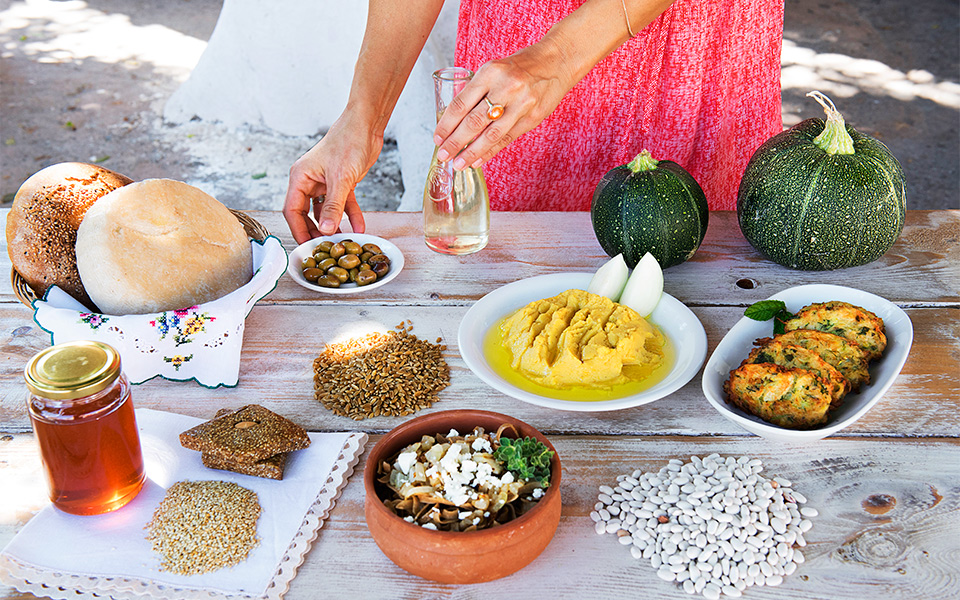“The recipe was for rabbit with meatballs. After lighting the wood oven, she started chopping up a piece of rabbit with two knives, mincing it finely. She set this meat aside and prepared the rest of the animal for baking. Once the rabbit in the oven was almost done, she took a spoonful of juice from the baking tray and added it to the chopped meat mixture before kneading it into meatballs.”
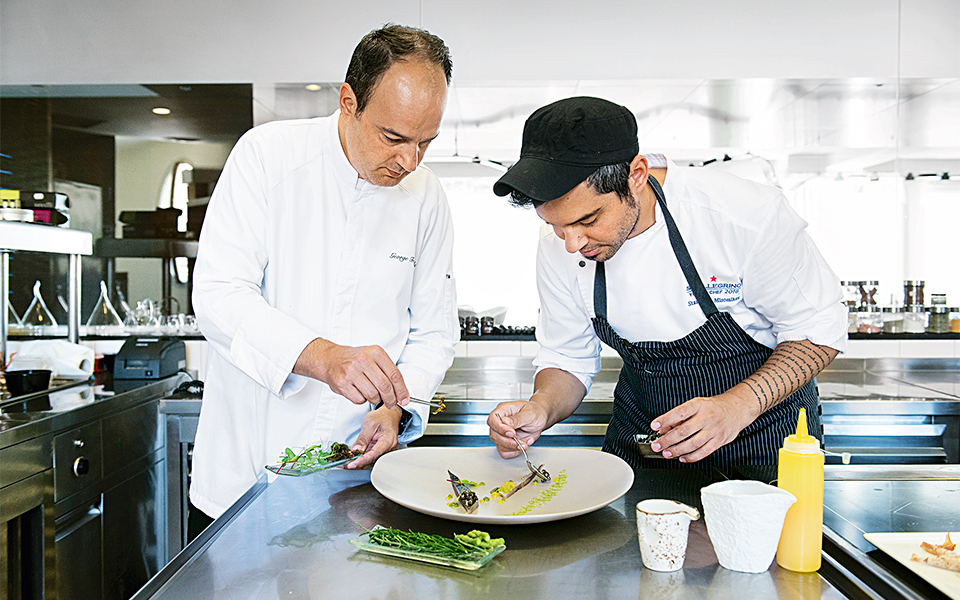
© Vangelis Zavos
This tip for adding pure flavor is from the eyewitness testimony of Giorgos Troumouchis, executive chef at the Elysium Hotel in Kallithea and one of the co-creators of Makria Myrodia (Enduring Aroma), a book on Rhodes’ culinary heritage. It is not, however, an idea he had but rather something he saw done in the kitchen of a village house.
During the five years it took to complete the book, a small group of passionate cooks, photographers and friends collected and recorded more than 250 recipes unique to this island. They visited all of Rhodes’ 42 villages – some of them several times – identifying, by word of mouth, the best cooks in each location and then asking them to prepare the island’s traditional dishes.
The volume (available only in Greek) that came out of this project is a detailed record of the island’s food culture, delivered by what is perhaps the last generation to have learned their cooking skills entirely from their elders.
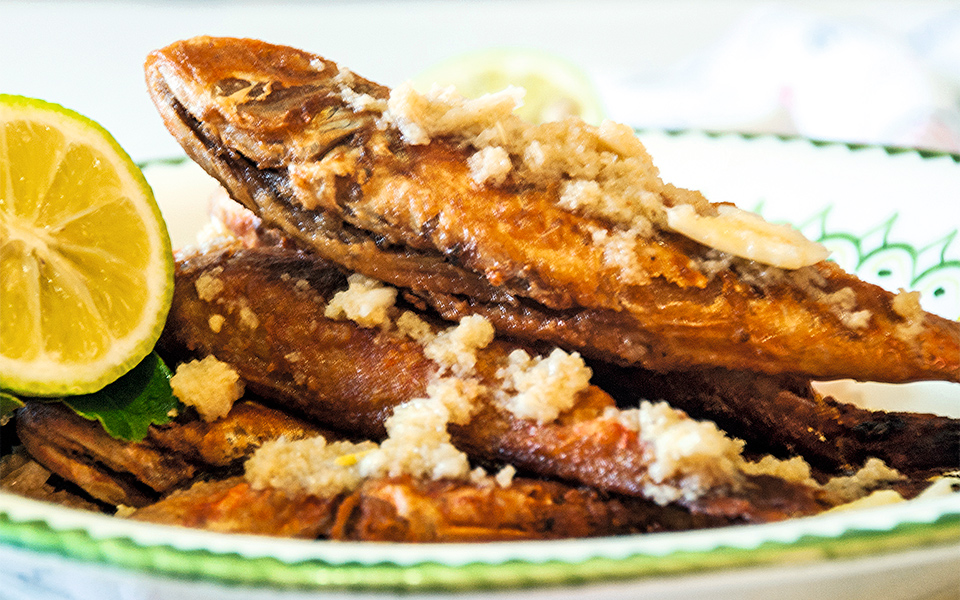
© Vangelis Zavos
Myriad influences
Varied landscapes and, of course, the Italian occupation, have shaped the different cuisines across the island. The south, for example, was a vast field of grain, while the island’s interior was a paradise for wild leafy legumes and dairy producers.
Lindos has always been associated with seafood, and Kattavia is renowned for its pulses, particularly its white loppia beans. In the past, almost every family had its own vegetable garden, animal pen, wheat field, beehives and grape vines, and all of these can still be found on the island, though to a much lesser extent since the economic focus turned to tourism.
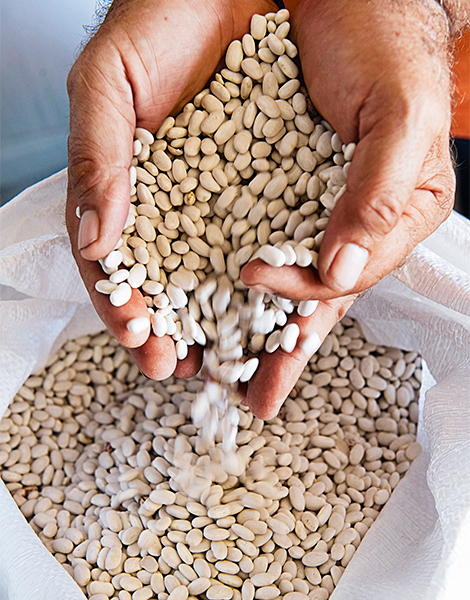
© Vangelis Zavos
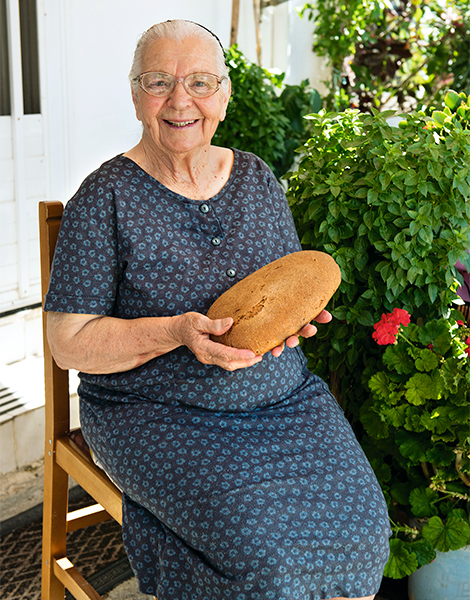
© Vangelis Zavos
Rhodes’ traditional cuisine has an incredible variety of pastas, thanks to an abundance of cereals and grains. Families always had enough not just to feed themselves, but also their horses and donkeys. Hay and a large ladleful of barley ensured that the animals were strong enough to turn the millstone all day long.
Once the threshing and winnowing was done, the grain was taken to the nearest watermill for grinding so that each family had its own supply of flour. It was customary to bake bread even during the Easter fast, flavoring it with myrtle berries and mastic. This Lenten bread was made with a blended flour of wheat and rye or barley to which was added black sesame seeds, crushed up together with other spices. This same mixture was also used to make loaves that were baked, sliced and then baked again to create delicious rusks, often served crumbled as a porridge with milk for a hearty breakfast or dinner.
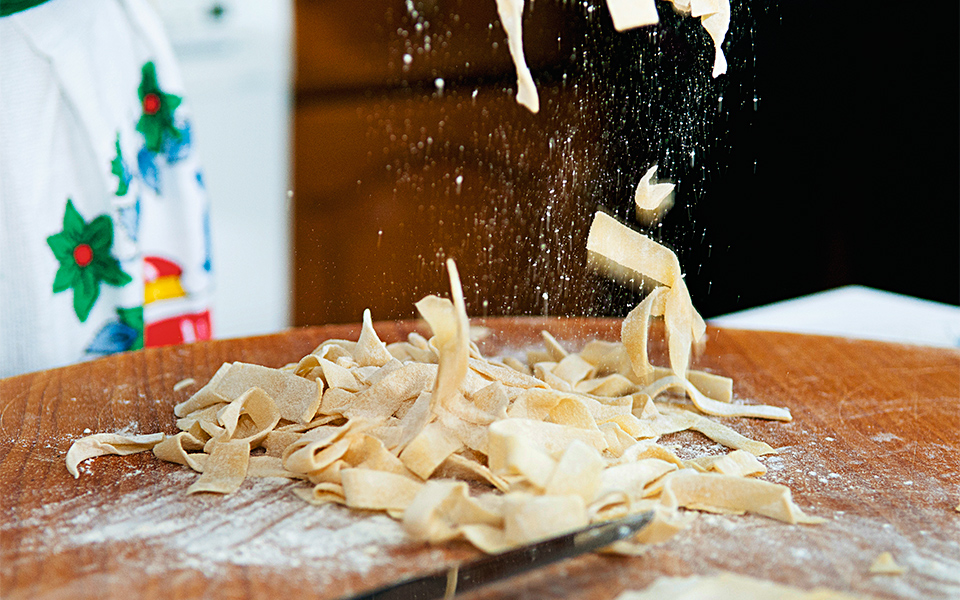
© Vangelis Zavos
Depending on the shape and the method that would be used for cooking them, the different types of pasta had different names – makarounia, matsi and koulouria are just a few. Pasta could be boiled in meat broth or in plain water, it could be served with meat, or a simple butter sauce with grated cheese, or with crisp-fried onions, a topping known as “syvrasi.”
A dish called “loukoumi me pilafi,” handmade pasta served with pork, cumin and myzithra cheese, is a regal dish that you’re unlikely to find in any taverna – on or off the island. All the pasta was, of course, made by hand, even the “kritharaki,” or orzo. There are a few cottage industries producing these local pastas today; they are sold at traditional food shops in town.

© Vangelis Zavos
The Rhodians of yesteryear did not eat meat very often, but when they did it was an indulgent feast, with lots of sauces or with stuffings to accompany meats that were baked for hours to achieve tender perfection.
Goat, for example, would be cooked with potatoes, chickpeas or loppia beans; it was usually stuffed at Easter, but other times of the year it might be made into a stew with onions or simply roasted. Many of the island’s tavernas still serve dishes like “kapamas” (goat stuffed with rice, ground meat and cumin) or stewed kid goat with shallots.
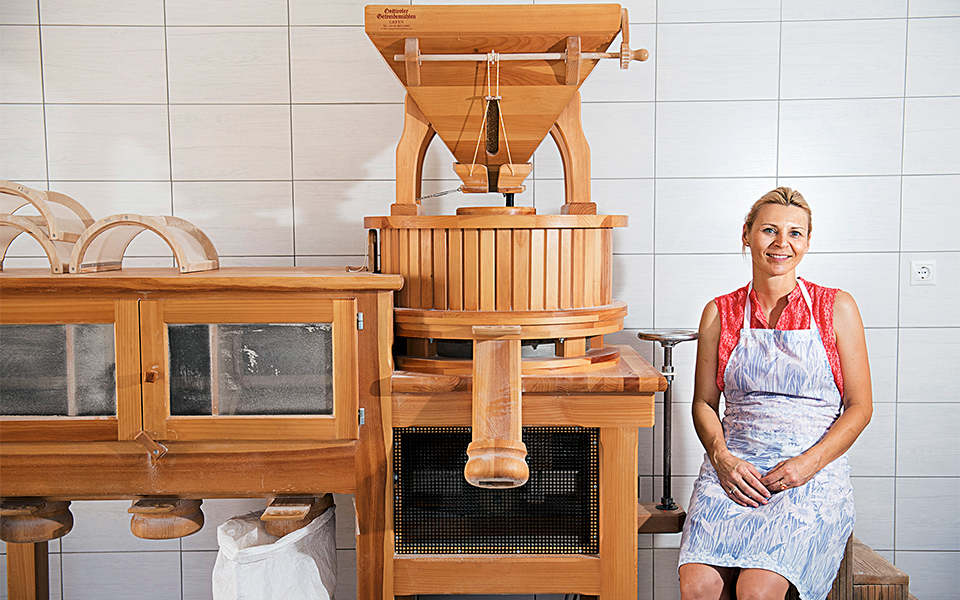
© Vangelis Zavos
The island’s main cheese used to be myzithra, made from fresh goat’s and sheep’s milk and rennet from a goat’s stomach. This blend was boiled over a fire of mastic wood, which has a wonderful aroma and helped temper the strong odor of the milk. The cheese was then placed in small hand-woven baskets, which were in turn buried under piles of wheat in granaries so the cheese would keep its moisture. “Synoro” (border) was an amazing cheese from Lardos; it took its name from the fact that it was neither soft nor hard. Unfortunately, no one makes it anymore.
It was necessity that gave rise to these recipes, and it was ingenuity, sparked by frugality, that helped evolve the island’s delicious cuisine. Some Rhodian dishes may have disappeared off the menus over the years, but even though local production cannot always cover the needs of the island’s big restaurants, you can still find plenty of local products in the food you’re eating: delicious pulses (like chickpeas and splitpeas), goat’s cheese, sourdough bread, handmade pasta, extra virgin olive oil, wine from Embonas, and honey scented with the sage and thyme that blankets the island’s hills – all the ingredients that will flavor your vacation.
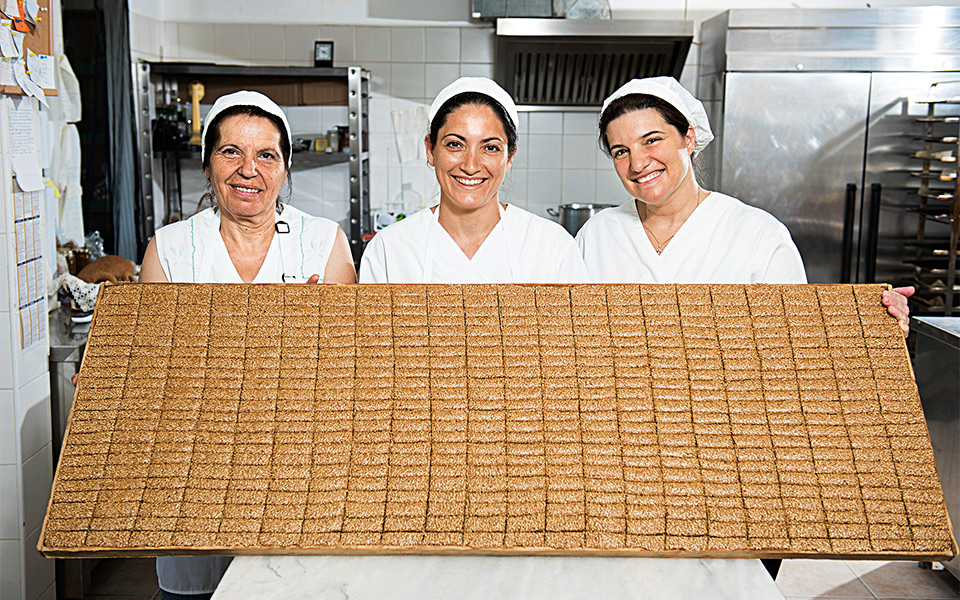
© Vangelis Zavos
Αn important treat
In the melodic Rhodian dialect, fruit stones and seeds are known as “kounes,” which explains why the name “melekouni” has been given to a special wedding sweet made with sesame and honey. According to local tradition, the abundance of sesame seeds symbolizes fertility, while the honey represents the union between the couple.
In the past, the ladies of a village would gather at the bride’s house a week before the nuptials to prepare the sweet. They would toast the sesame seeds, warm the honey and add all sorts of sweet spices and whole almonds. This gooey mess was then flattened out by hand or rolling pin to a thickness of about one centimeter and cut into bite-sized diamonds. This treat is still made this way, in a process that can take as long as five hours, by some housewives and small cooperatives – it’s served at most major celebrations and remains very popular.
We tried some that came from the workshops of the Apolloniatises Women’s Cooperative in Apollonas. When it’s made correctly, melekouni is very fragrant, soft and chewy. Get a few as a snack – packed with healthy calories, they’re as good as any energy bar.
Info
Apolloniatises Women’s Cooperative: Apollonas, tel. (+30) 2246.091.284
Store: 68 Apostolou Pavlou, Analipsi, Rhodes Town, tel. (+30) 2241.064.322

